Is the Samsung Galaxy S9 still worth buying?
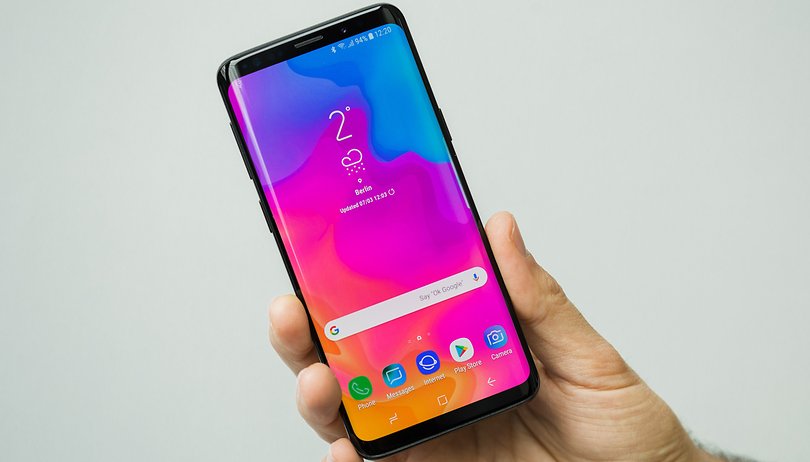

Read in other languages:
With the Galaxy S9, Samsung delivered a device in 2018 that impressed us with its hardware and software in its review. You can find out here whether the former high-end device still has what it takes today to keep up with the other devices in the market, and whether the purchase is still worthwhile in 2020.
In terms of the current pricing structure, Samsung's Galaxy S series always competes very well with the current generation of iPhones. However, smartphones from Korea have one big advantage: their price drops drastically in due time. This makes it all the more interesting as the previous year's flagships or even a couple of generations removed do happen to carry a lot of potential as an exciting alternative to the current mid-range smartphone market.
The Samsung Galaxy S9 can already be found for less than $500. Where does it currently rank and is it still worth picking up in 2020? Stay tuned.
Jump straight to it:
- Android: Will the Samsung Galaxy S9 still receive updates?
- How much does the Samsung Galaxy S9 2020 cost?
- Alternatives to the Samsung Galaxy S9: Other smartphones to consider
- Conclusion: Is it still worth buying a Samsung Galaxy S9 today?
Samsung Galaxy S9: what this high-end classic from Samsung offers
As spectacular as it was back then, the Samsung Galaxy S9 belongs to the "wallflower" category by today's standards. One would also take note that the hardware specifications on the Galaxy S9 in today's terms would be mid-range at best. This is taking into consideration devices such as the Realme 6 that comes close to touching high-end territory at a very reasonable price point (it is only about half as expensive), hence making life difficult for the Galaxy S9 in this day and age.
Let us begin with the display. The screen was an absolute eye-catcher back then and really impressed us in our first Samsung Galaxy S9 review. The 5.8-inch AMOLED display is certainly still up-to-date with a QHD resolution of 2960x1440 pixels. In the dedicated display review, the Galaxy S9 and its big brother, the Galaxy S9+, convinced us of its great color rendering.
The Realme 6 with its LCD panel certainly does not live up to such standards. The display size of the Samsung smartphone is also interesting: by today's standards, 5.8 inches and even the 6.2 inches of the Galaxy S9+ are no longer considered as large. The Realme 6, for example, offers 6.5 inches of viewing real estate.
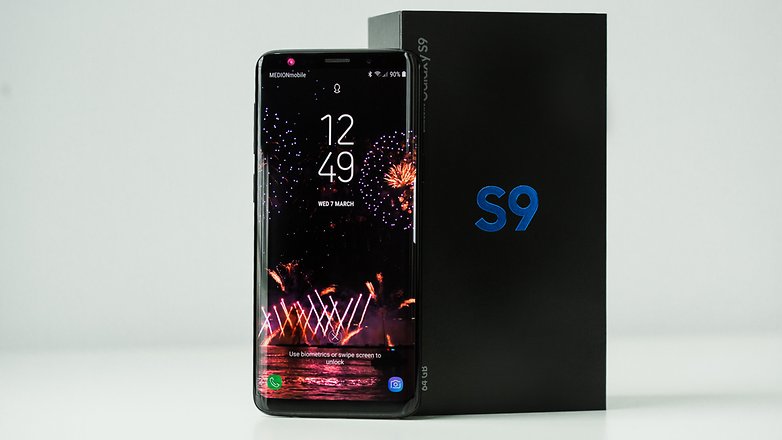
What remains as a bugbear would be the battery which Samsung built into the Galaxy S9. With 3,000 mAh of juice, the battery could not win in a power fight back then - and no doubt it would not have aged well until today, taking into consideration the number of ever more demanding apps. If you decide to pick up this model, you'll have to expect more frequent charging and perhaps even carrying a power bank wherever you go. However, it is important to note that the Galaxy S9 comes with fast-charging capability. In comparison, the Realme 6 is equipped with a 4.300mAh battery right out of the box.

You should not have high expectations regarding the camera in the Galaxy S9. Samsung has included a total of two cameras into its high-end equipment: one at the back and one in front. That's about it. It's certainly true that it's not the quantity that counts, but the quality.
Nevertheless, it seems strange when you look at how smartphone manufacturers are peppering the backs of their devices with cameras these days. The Realme 6, for example, sports a quad-camera setup that is now commonplace, with macro and bokeh portrait modules being part of the quartet at the back on a camera island. I have put the other specifications of the two devices for a side-by-side comparison.
Samsung Galaxy S9 vs. Realme 6 technical specifications
| Samsung Galaxy S9 | Realme 6 |
|---|
Android: Will the Samsung Galaxy S9 still receive updates?
In March 2020, the Samsung Galaxy S9 , alongside the update to One UI 2.1 being in full swing for the Galaxy S9 and S9+. Galaxy S9 owners can heave a sigh of relief at the moment. A point to take note of: this flagship device was released with Android 8.0 Oreo in tow, so to have picked up at least two generations' worth of operating system updates is commendable.
More than nostalgia is the dawning realization that the smartphone will probably never receive Android 11. Normally, Samsung only allows its devices two major Android updates per generation.
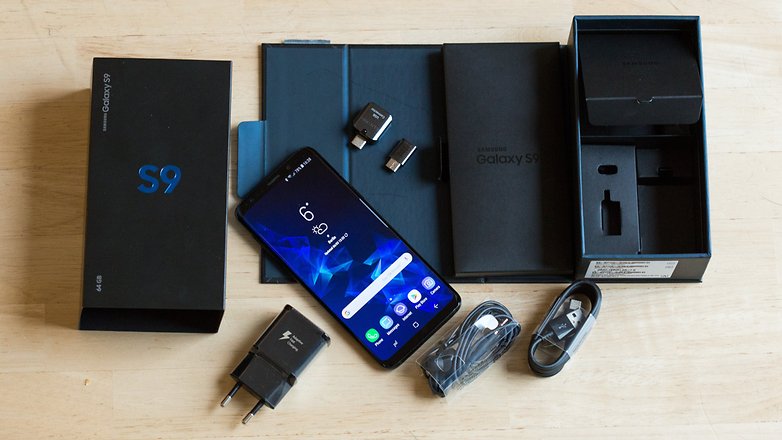
How much does the Samsung Galaxy S9 2020 cost?
Samsung no longer sells the Galaxy S9 on its official retail channels. So if you are interested, you will have to scour for it at online sites like Amazon. With a bit of luck, you can find offers around $450, although its price typically resides somewhere between $500 and $550.
Refurbished Samsung Galaxy S9: it is worth looking at refurbished smartphones
If you take a look at the product selection of some providers, you will find so-called refurbished smartphones in addition to new or used products. Refurbished or remanufactured smartphones happen to be put on sale at a lower price point compared to new products. This is because just like used devices, refurbished smartphones are also considered to be second hand.
Although they have already been used, refurbished smartphones should not be compared to used smartphones. In a refurbished handset, it would be abnormal to find scratches or other kinds of damages. Companies that sell this type of hardware will not only make sure that all the relevant software has been installed, while weeding out any potential errors. In essence, you get a "new" product at a very reasonable price point. Apart from select companies, some manufacturers like Apple also sell refurbished devices. It does not matter where you make your purchase: you should always be sure that you are dealing with a licensed or authorized dealer. Otherwise, you might end up with a used phone instead of a refurbished one.
Amazon sells refurbished devices under its "Amazon Renewed" division, which are marked as refurbished devices by the company itself. The refurbished products come with a one-year warranty from Amazon for added peace of mind.
Samsung Galaxy S9 alternatives: other smartphones to consider
Make no mistake about it - the Galaxy S9 does have its fair share of weaknesses which we have already explained above. But if you want to remain within the confines of high-end Samsung devices without having to fork out over a thousand euros, you'll have to look for alternatives. One is the bigger brother of the S9 itself. In our Samsung Galaxy S9+ review, the smartphone with the additional telephoto-camera was able to make its mark, and hence retaining a rather more relevant look today.
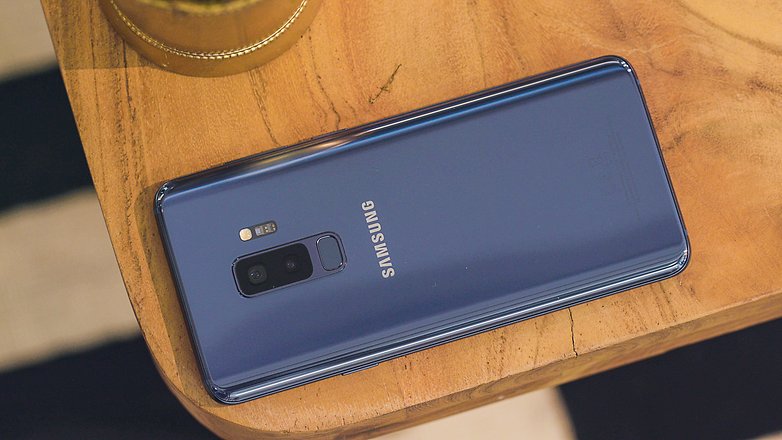
However, it is not only the Galaxy S9+ that is available at approximately the same price as the Galaxy S9. If you take a look at other refurbished offers, you will find that even the Galaxy S10 is going for less than $500.
The Galaxy S9+ and S10 could do better here:
- Galaxy S9+ and S10: Between 3,400 and 3,500 mAh battery capacity
- Galaxy S10: more memory from 8 GB RAM/128 GB
- Galaxy S9+: dual rear camera
- Galaxy S9 and S10: larger display between 6.1- and 6.2-inches
The Galaxy S9 excels in these departments:
- Built-in AMOLED display
- Bluetooth 5.0
Alternative #1 to the Samsung Galaxy S9: Galaxy S9+
Both smartphones are from 2018, so we can't expect a huge performance gap between them. Nevertheless, the Galaxy S9+ is the better big brother of the Galaxy S9 and certainly knows how to flaunt it. It is a wee bit bigger, a bit more powerful, and has just a little bit more bite in all aspects. The Korean manufacturer has built a 6.2-inch AMOLED display into the Plus version, which slightly towers above the S9's 5.8-inch display. If you turn the smartphone over once, you will find a couple instead of only one camera. While this is the bare minimum by today's standards, it is still one more compared to the Galaxy S9.
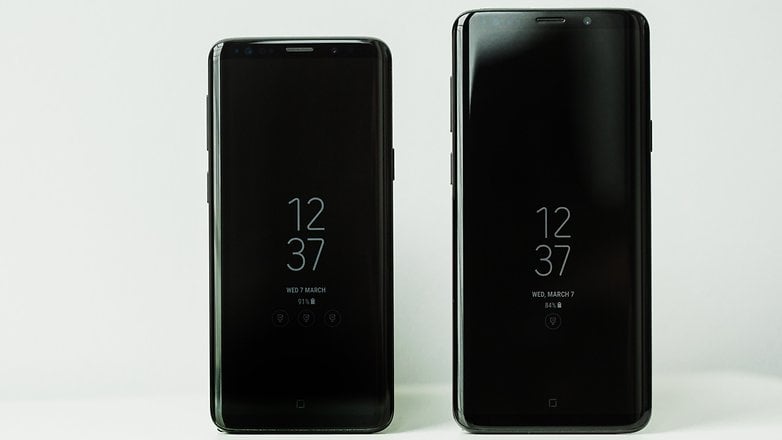
The battery of the Galaxy S9+ also has a higher capacity, although that is necessary as the larger display consumes more power. Underneath the hood lies a 3,500 mAh battery. As we already noted in our review of the Samsung Galaxy S9+, the two devices are very similar in terms of technical specifications. In both of them - at least in the European version - Samsung's own Exynos 9810 runs proceedings from within. You can see a comparison here:
Samsung Galaxy S9 vs. Samsung Galaxy S9+ technical specifications
| Samsung Galaxy S9 | Samsung Galaxy S9+ |
|---|
For this smartphone, we have also searched through Amazon and found both a new and a refurbished device.
Alternative #2 to the Samsung Galaxy S9: Galaxy S10
Samsung launched its Galaxy S10 one year after the S9. In our Samsung Galaxy S10 review, we gave top-notch marks to the really excellent camera and the robust software. The built-in battery, on the other hand, did not go down too well with us. If you want to equip yourself with the S10, you'll have to settle for 3,400 mAh of battery capacity.
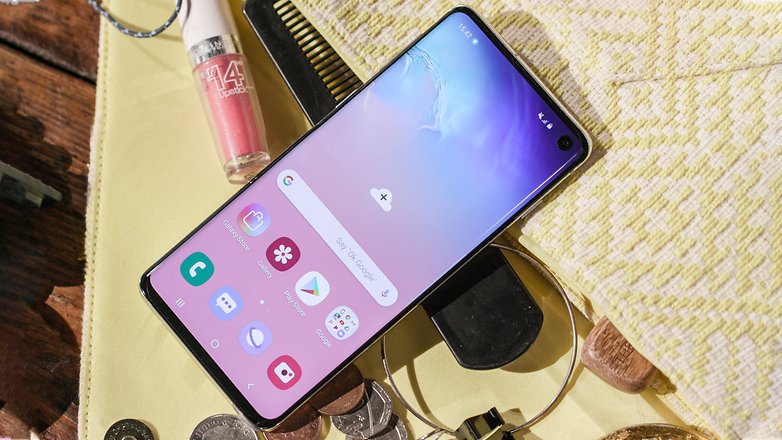
Where Samsung has gained on the Galaxy S10 is clearly the memory. 8GB of RAM instead of the 4GB of RAM of the Galaxy S9 happens to be an option. In addition, the cheapest basic model already offers an internal storage space of 128GB.
Shutterbugs will also be pleased to have a trio of cameras instead of just one on the Galaxy S10. On top of the main camera, there is a telephoto-zoom and a wide-angle module, so here is a comparison of the technical data of both the Galaxy S9 and the Galaxy S10.
Samsung Galaxy S9 vs. Samsung Galaxy S10 technical specifications
| Samsung Galaxy S9 | Samsung Galaxy S10 |
|---|
If you are looking for a brand new Galaxy S10, you will surely have a hard time finding one for less than $500. The situation is different with the refurbished units.
Conclusion: Is it still worth buying a Galaxy S9 today?
As good as the Samsung Galaxy S9 may have been in 2018, the purchase of the smartphone in 2020 will be of little use, and with the 3,000mAh battery, it has long since been caught up by smartphones from the mid-range market. Even the quick-charging function is no longer considered to be a selling point. Although the camera might have been good in its day, it is no longer relevant a couple of years down the road and certainly won't do well in bringing out the best photographer in you.
Another problem to consider would be any upcoming software updates. The S9 may have received the upgrade to Android 10 recently, although it is highly doubtful that it will receive the Android 11 upgrade.
There are certainly other alternatives within the Galaxy S series, provided that you are not only looking for new devices. The Galaxy S10, for example, offers a larger amount of memory, a more flexible camera setup, and at least one more Android update. If you were to look through the various refurbished smartphones from certified retailers, you will surely find the right device for you. Not only that, you will not have to sell your left kidney for it.
For the following models, you can find out whether they are still worth picking up today or not:






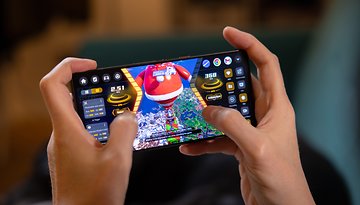











sponsord by Samsung :-P
-
Admin
Jun 26, 2020 Link to commentFor that price there are much,much better options